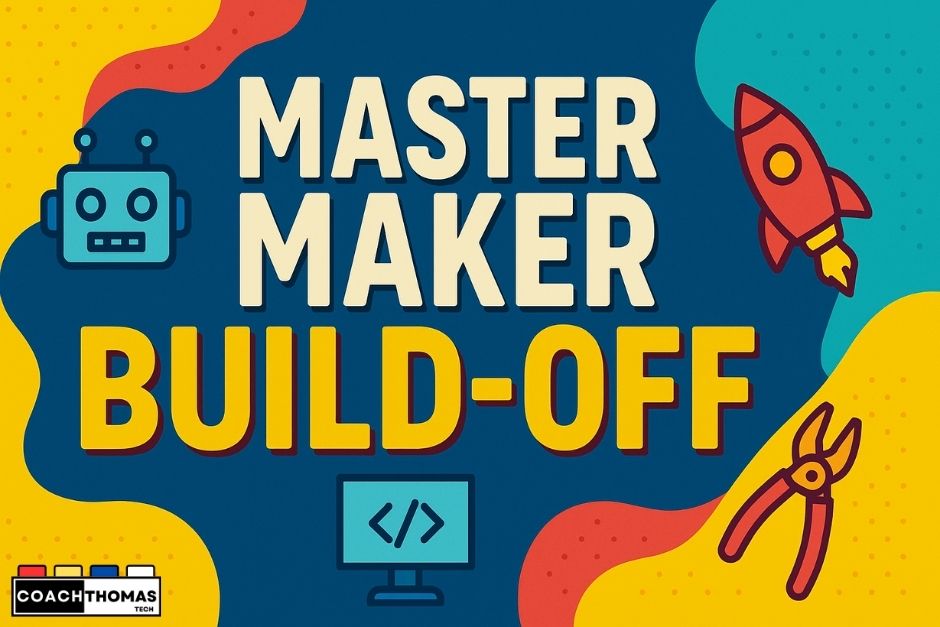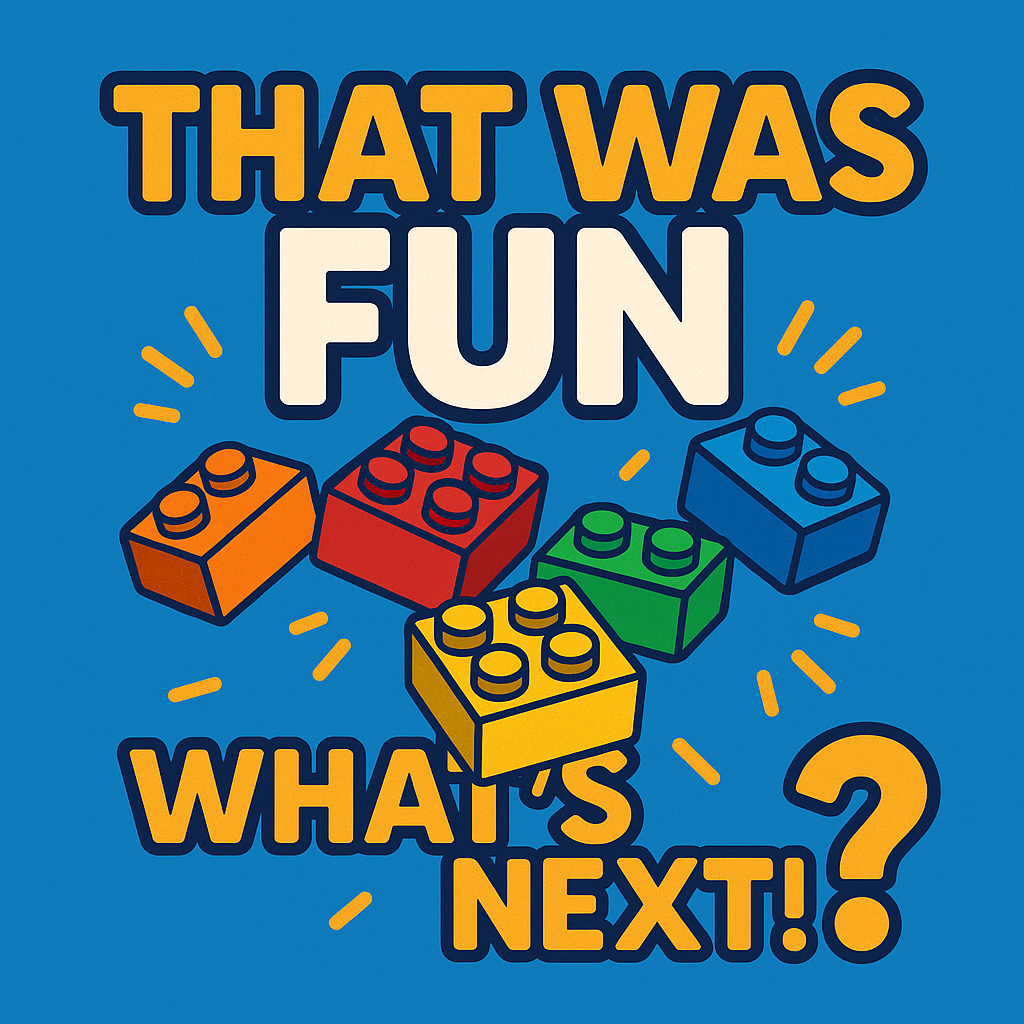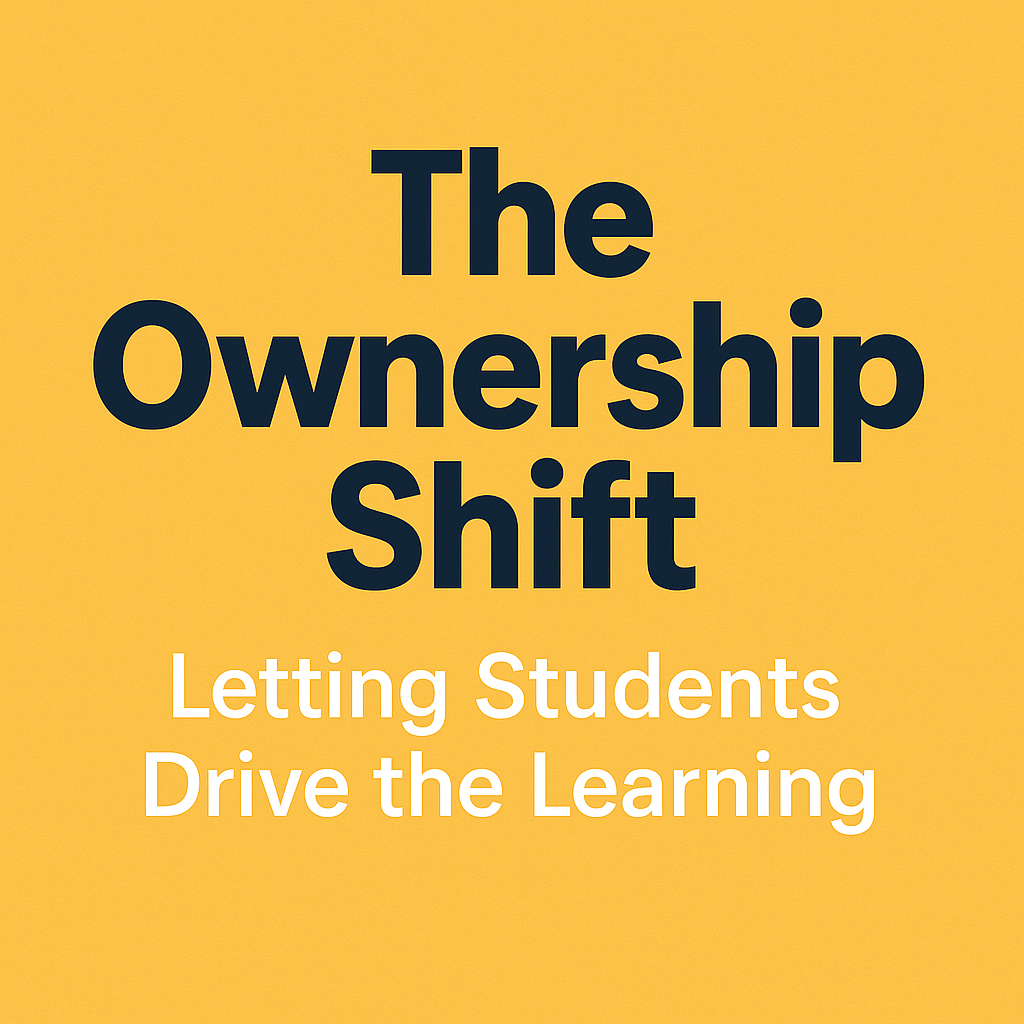Did you know that STEM career fields are projected to grown by almost 8% faster than the national average for all other occupations in the next 5 years? The future workforce will rely heavily on skills developed in STEM Education.

STEM, which stands for Science, Technology, Engineering and Math, is more than a trend or a fad. It represents a shift in education that can prepare student for a rapidly changing world. Adding STEM concepts and ideas into your curriculum can transform your classroom into an engaging and relevant space for today’s students. This post aims to provide you with some practical and common sense strategies to integrate STEM into your teaching, without changing the content. Helping you inspire and equip your students for the world beyond the classroom.
I am sure that many of you have heard the term STEM, but what is STEM Education? STEM is an interdisciplinary approach where rigorous academic concepts are joined with real-world lessons. Students can apply science, technology, engineering and math in contexts that make connections between school, community and work. In the world we live in today, STEM Education is essential. It fosters a culture of inquiry and innovation that is critical for solving problems. It helps to equip the student with the soft skills that are in demand in today’s job market. Things like communication, collaboration, critical thinking and creativity. The primary goals of STEM Education are:
- Increase STEM Literacy
- Encourage innovation and creativity
- Develop 21st Century Skills – such as critical thinking, problem-solving, creativity, communication, and collaboration
- Prepare students for careers in a STEM-centric world
- Love of learning for a lifetime
STEM-based activities are inherently engaging due to their nature of being hands-on and relevant to our students. Students are more likely to be motivated and engaged when they see a practical application of their lessons. STEM bridges the gap between theory and application. It answers the age-old question, “When am I going to use this?” In my STEM career, I have had numerous anecdotes of students having an a-ha moment when the concept is used. For example, geometry. I had a student that could not understand shapes and area until we had to make them in the shop.
Skill development in students is a built-in part of STEM. Working together on a meaningful project requires teamwork. When teamwork is necessary, then there must be effective communication. Presenting ideas, defending ideas and building a common language. Solving complex problems and working with others builds resilience and perseverance. Skills that are lacking in education today.
So, how can you implement STEM into your already bursting curriculum? Here are a few ideas:
- Start Small: begin with some easy projects
- ELA: a debatable question related to a story and have student prepare arguments from different perspectives.
- Social Studies: take an historical map and combine with data (like population density) and create a new map that tells a story
- Math: challenge students to pack a virtual suitcase (using math for measurements) for a trip to a specific location studied in social studies
- Science: have students design and build a protective structure to keep an egg safe from a fall
- Incorporate Technology (and not just for technology sake):
- Utilize ed-tech tools such as Scratch, LEGO Robots or PhET Simulations to create a game, build a robot, or simulate science concepts. Minecraft EE allows you to combine reactive chemicals in safe environment.
- Cross-Curricular Connections:
- Combine STEM with any other subject to create interdisciplinary units. For example, have student design and build an historical landmark and add a report. Now you have history, engineering, art and ELA.
- Use Real-World Problems (hint see PBL):
- Create some projects that tackle real-world issues in your community (or larger). Examples could be a recycling campaign, sustainability, hunger, homelessness, etc.
- Encourage Hands-On Learning:
- Engaging in building or creating something but make it meaningful. We don’t want that poster board that is going to be trashed at the end.
- Use common materials like cardboard, plastic bottles, duct tape, etc
With all that being said, integrating STEM can be challenging. Things like limited resources, state mandates, and teacher confidence are real. One simple, yet easily overlooked solution is talk to the teacher down the hall. As a STEM teacher, I actively ask what the other teachers are doing. That is where I get my content for projects. Doing simple machines, we build a catapult. Learning about the Bill of Rights, we build a review app/web page. Reading “The Giver”, we build a contraption. No need to reinvent the wheel here. You can also purchase premade STEM kits from places like Kelvin, Pitsco or Amazon. All you have to do is try.
Wrapping STEM into your lessons isn’t just a good idea—it’s a must for prepping students for the future. As the need for STEM skills in jobs keeps growing, it’s vital to arm students with the tools they need to thrive in our fast-changing world. Bringing STEM into your teaching can make learning more fun, relevant, and dynamic. It not only gets students excited but also helps them pick up key 21st-century skills.
To get started, think small at first. Use tech tools, connect different subjects, solve real-world problems, and get hands-on. These moves can transform your classroom and show students how their lessons matter beyond school.
Don’t let hurdles like limited resources or strict rules stop you. Work with other teachers, check out STEM kits, and just take that first step. Your effort can spark a love for learning and innovation in your students, paving their way to success.
Take action:
Start weaving STEM into your classroom now. Begin with a small project, team up with other teachers, and explore what resources are out there. Jump on board to boost student engagement and set them up for a bright future in STEM. Share your wins and experiences with your community, and let’s motivate each other to build a better future for our students. Together, we can make a real impact.



